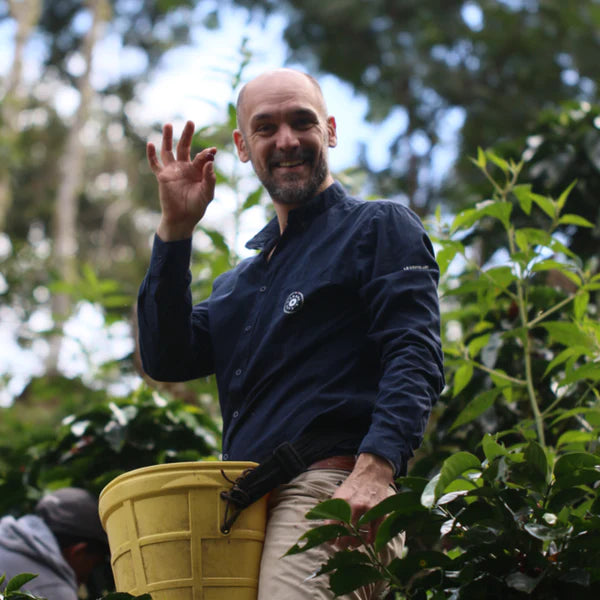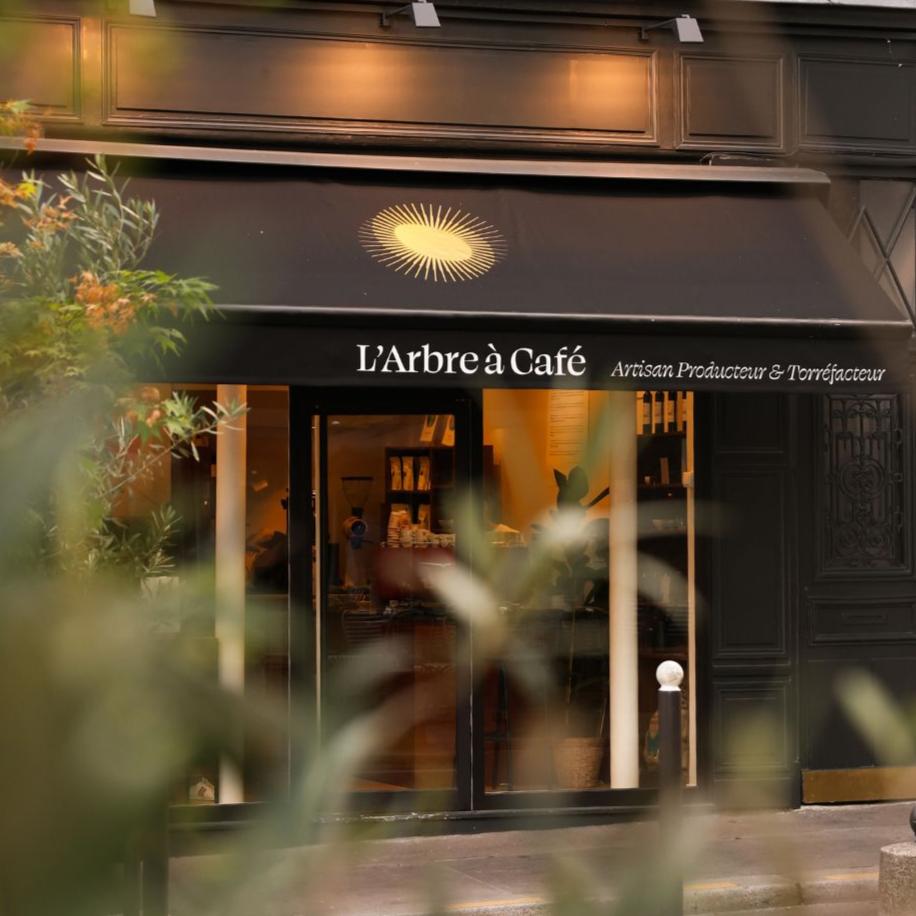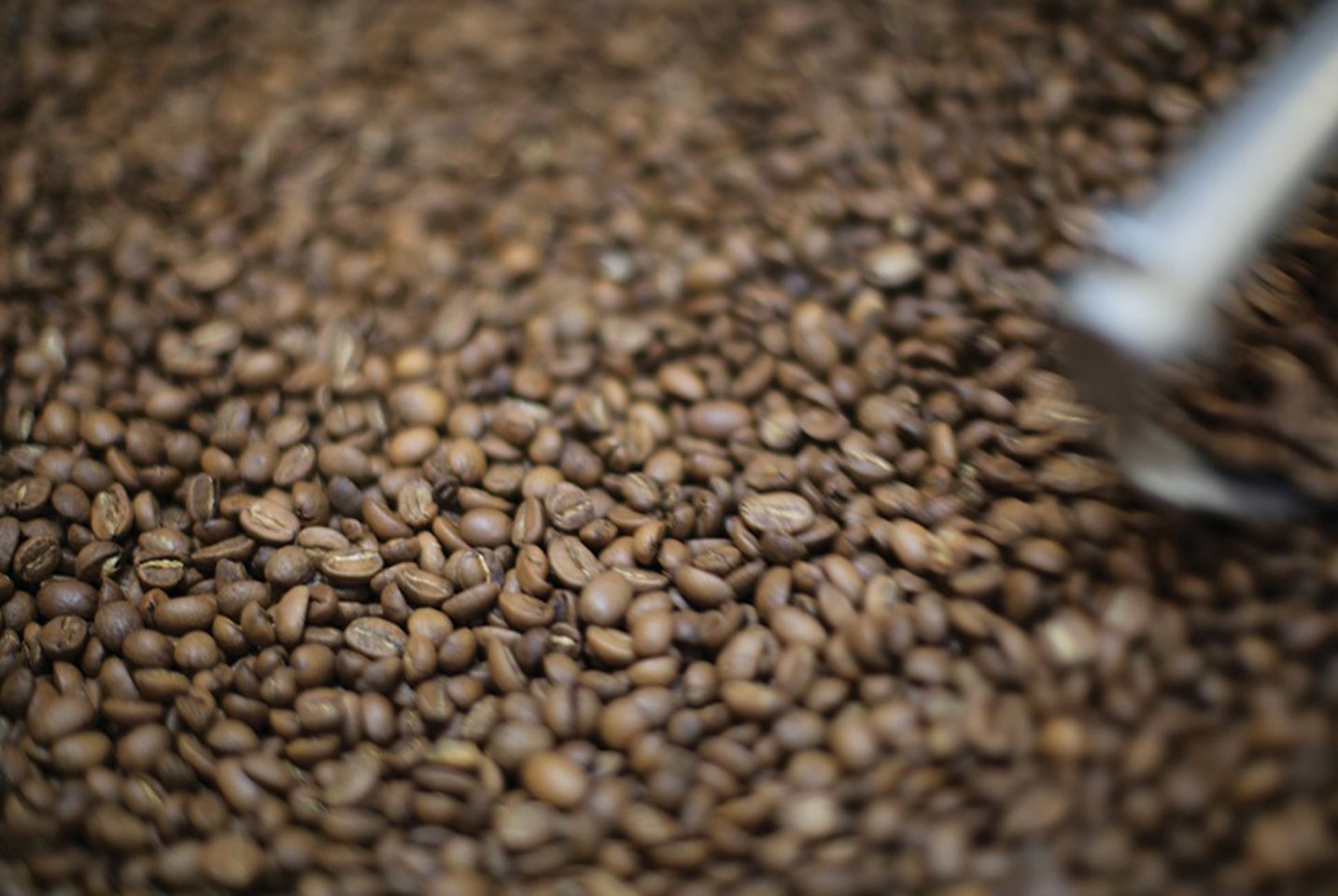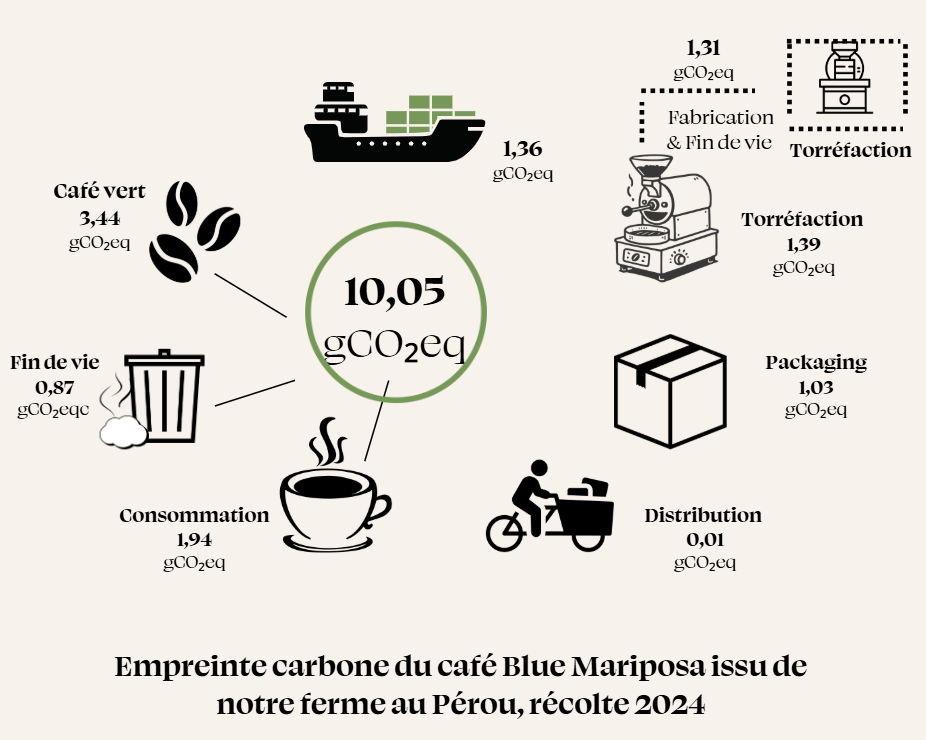Should it be chosen according to its origin? its variety? its aromatic notes? Is the coffee the same everywhere: delicatessen, supermarket, coffee shop, coffee lounge, roaster? So many parameters to take into account when making your purchase.
These many questions raise a question that every consumer asks: "How to choose your coffee?
Catherine Bully, columnist for the Sud Radio program, has called on the expertise of Hippolyte Courty to answer these questions and give valuable advice.
The importance given to the taste of roasted, burnt
There are no less than 1000 aromatic markers in coffee, twice as many as in wine. This little-known aromatic complexity of coffee is explained by the roasting process. Until now, the coffee trade led by industrialists favored the taste of "roasting" with a pronounced bitterness, a rancid or burnt taste. In fact, the strong bitterness and burnt taste so often described by people who don't like coffee is a direct result of the roasting process and the quality of the beans. As with cooking, think of a chocolate cake, cooked too long or at too high a temperature, the coffee loses its intrinsic flavors and aromas and takes on charcoal aromas.
Just looking at the color of the bean will tell you a lot about its taste, the darker the bean, the more roasted it is and the more bitterness and roasted taste will come out. If the coffee beans are closer to black, don't bother! You will notice that the darker the bean, the lighter and more oily it is. It will then go rancid very quickly and lose all its taste qualities.
Depending on the time and the cooking profile, you will obtain more or less bitterness, body, acidity and will develop such or such aromatic palette. To access this aromatic complexity, you must take the step of choosing quality, specialty coffees, preferably mono-varietal and from a single origin, and a single terroir. You will be surprised to find that certain aromas are different from one origin to another, and from one terroir to another. Ethiopian coffees, such as the famous Ethiopian Mocha, have the particularity of having very floral aromas, such as jasmine in Yrgacheffe or red fruits. In Kenya or Rwanda, aromas of black fruits will stand out. As for Panama, depending on the variety, aromas of peach or cinnamon will be revealed. Finally, in Brazil with a Red Iapar, chocolate and eucalyptus notes will be found.
For manufacturers, the goal is to ensure a constant flow and taste. For this, the varieties of coffee are mixed in search of a final taste of coffee to the detriment of its origin where the importance of taking the time to ask advice to a roaster to choose your coffee, as you would do to choose your cheese at the cheese shop or wine at a wine shop. To talk about your tastes, there is no need to evoke aromatic notes, let your emotions speak for themselves! This can be done through music, literature, sports, or even cars...
Other characteristics come into play such as the freshness of the coffee. Prefer it in beans rather than already ground, you will keep it longer.
When it comes to coffee labeling, it is best to choose organic certifications or, like L'Arbre à Café, biodynamic agriculture with the Demeter label. This will ensure that no chemical inputs are added to produce the coffee you taste. Note that since 2017, L'Arbre à Café has been leading a network of biodynamic coffee growers and is about to publish a book on biodynamic coffee.
The podcast of the show to find here : LISTEN TO THE PODCAST OF THE SHOW
To learn more, we invite you to read the article How to choose your coffee?




















